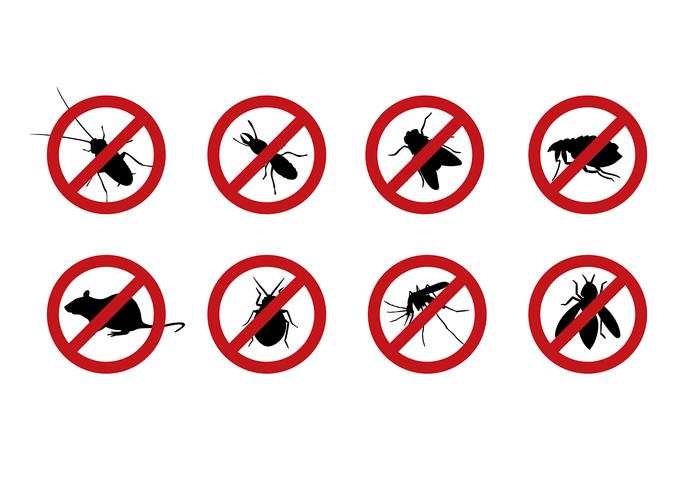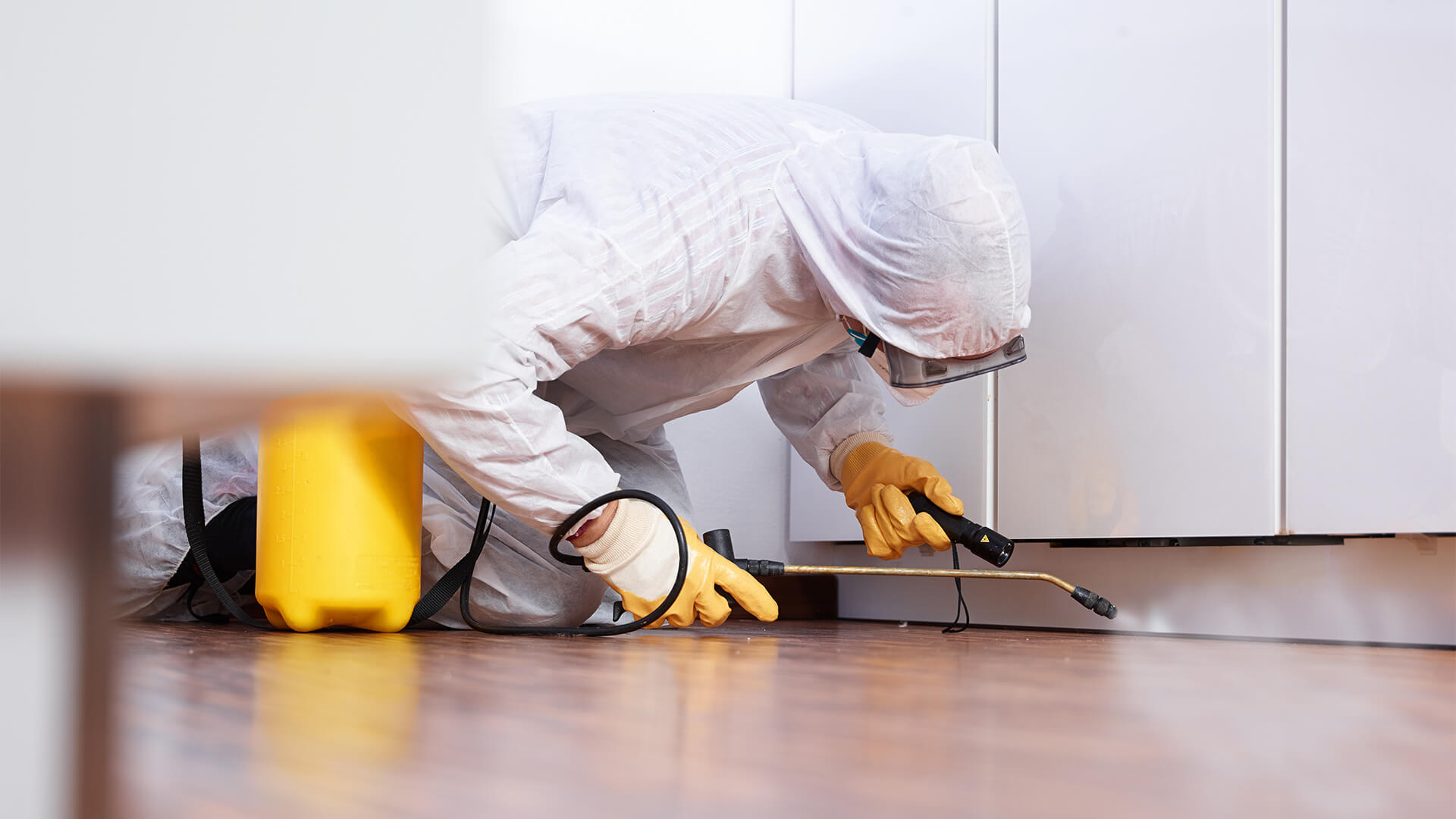Reliable Pest Control Coquitlam BC: Your Local Experts in Pest Management
Reliable Pest Control Coquitlam BC: Your Local Experts in Pest Management
Blog Article
Safe and Reputable Insect Control for Lasting Protection
Effective insect monitoring calls for a multifaceted technique that stabilizes ecological stability with the demand for reliable pest suppression. The subtleties of these approaches might not be instantly clear, triggering a more detailed examination of the practices that can lead to sustainable bug control end results.
Recognizing Parasite Control Methods
Insect control includes a range of techniques targeted at handling and getting rid of undesirable pests and rodents that can threaten both health and residential property. Recognizing these methods is vital for reliable bug monitoring.
The key groups of parasite control approaches consist of mechanical, biological, and chemical methods. Mechanical techniques include physical barriers and traps to avoid pest entry and capture unwanted varieties. Making use of screens on windows or using sticky catches can considerably decrease pest populaces without presenting damaging materials - exterminator coquitlam.

Chemical bug control is frequently one of the most recognized approach, utilizing chemicals to remove insects. These chemicals can be reliable but have to be used with care to stay clear of unfavorable results on non-target species and the atmosphere.
Advantages of Eco-Friendly Solutions
How can environmentally friendly services transform pest control practices? The fostering of green parasite control approaches supplies many benefits, considerably improving the effectiveness and safety of parasite monitoring.

An additional benefit is the favorable effect on neighborhood biodiversity. Green services are designed to target certain pests while protecting useful insects and wildlife, advertising a well balanced ecosystem. This approach lines up with the expanding consumer need for sustainable techniques, enhancing the credibility of pest control providers.
Integrated Bug Management Methods
The implementation of environment-friendly services normally brings about the adoption of Integrated Parasite Management (IPM) methods, which further improve parasite control efficacy. IPM is an alternative strategy that combines several methods to take care of insect populaces while decreasing environmental impact. This method stresses making use of organic, social, mechanical, and chemical controls, ensuring a lasting and well balanced approach of pest administration.
One basic facet of IPM is the extensive evaluation of bug task and ecological problems. By monitoring insect populations and determining their life process, professionals can apply targeted interventions that interrupt the parasite's environment or lifecycle, lowering dependence on chemical pesticides. In addition, social techniques such as crop rotation and habitat manipulation can considerably decrease insect establishment and reproduction.
One more essential part is the usage of organic control representatives, such as helpful bugs or microbes, which can naturally suppress pest populaces. When chemical applications are essential, IPM focuses on using low-risk pesticides and applies them selectively, reducing exposure to non-target microorganisms and human beings.
Integrating IPM techniques not just boosts bug control efficiency but also advertises a much safer community, straightening with the expanding demand for lasting methods in insect management.
Safe Practices for Home Owners
Recognizing the importance of risk-free practices in insect control can equip home owners to effectively manage bug issues while protecting their wellness and the environment. Executing safe methods and precautionary actions is crucial in reducing exposure to hazardous chemicals.
Property owners need to first evaluate their setting for problems that attract insects, such as standing clutter, food, and water waste. Routinely cleansing and securing access factors can deter insects from getting into the home. Making use of all-natural deterrents, such as essential oils or diatomaceous earth, can offer efficient options to chemical pesticides.
When chemical therapies are essential, homeowners should go with products that are particularly identified as risk-free for property usage. It is crucial to follow application guidelines meticulously to avoid overexposure. Making use of targeted therapies in locations where pests are recognized, instead than covering splashing, can substantially decrease chemical usage.
Finally, keeping open communication with bug control specialists is crucial. House owners must ask regarding the safety and security of items made use of and demand eco-friendly options whenever possible. By adopting how to get rid of mice these risk-free techniques, home owners can develop a healthier living setting while effectively managing pest issues.

Tips for Long-Term Security
Establishing an insect monitoring method that highlights long-term defense can substantially improve the effectiveness of the secure methods formerly gone over. To accomplish this, property owners need to carry out regular examinations of their property, concentrating on hidden locations such as attics, basements, and crawl areas. Early detection of bug task is vital in preventing invasions from taking hold.
These techniques reduce attractants that draw pests into the home. Sealing entrance points, such as fractures around doors and windows, can efficiently block prospective insect gain access to.
Landscape design needs to additionally be considered; maintaining plants cut and keeping a distance in between vegetation and the home reduces hiding spots for pests. Using natural deterrents, such as vital oils or diatomaceous earth, can additionally prevent invasions without resorting to severe chemicals.
Lastly, collaborating with a professional pest control service for routine analyses can give an added layer of protection. These specialists can provide tailored recommendations and progressed therapies, making certain that your home stays secured against insects in the long term.
Verdict
In verdict, risk-free and dependable pest control requires a multifaceted approach that highlights green techniques and incorporated bug management. By applying natural deterrents, performing routine inspections, and preserving proper view cleanliness, property owners can significantly minimize pest populations while shielding useful insects and the atmosphere. Cooperation with professional bug control services improves the performance of these strategies, making sure customized services that give long lasting protection and comfort versus future problems.
Effective bug monitoring requires a complex method that balances eco-friendly integrity with the demand for effective pest suppression. The fostering of green insect control approaches offers numerous advantages, dramatically boosting the performance and safety of insect administration.The execution of eco-friendly solutions naturally leads to the adoption of Integrated Insect Administration (IPM) approaches, which further enhance pest control efficacy. exterminator coquitlam. By keeping an eye on bug populaces and recognizing their life cycles, experts can apply targeted treatments that interfere with the parasite's environment or lifecycle, minimizing dependence on chemical pesticides.In final thought, trusted and secure pest control requires a complex strategy that stresses page green approaches and integrated insect management
Report this page